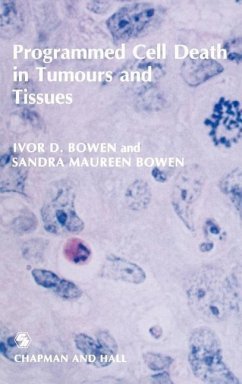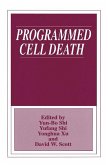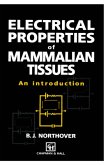Over half of the products of the chemical and process industries are sold in a particulate form. The range of such products is vast: from agrochemicals to pigments, from detergents to foods, from plastics to pharmaceuticals. However, surveys of the performance of processes designed to produce particulate products have consistently shown inadequate design and poor reliability. 'Particle technology' is a new subject facing new challenges. Chemical and process engineering is becoming less concerned with the design of plants to produce generic simple chemicals (which are often single phase fluids) and is now more concerned with speciality 'effect' chemicals which may often be in particulate form. Chemical and process engineers are also being recruited in increasing numbers into areas outside their tranditional fields, such as the food industry, pharmaceuticals and the manufacture of a wide variety of consumer products. This book has been written to meet their needs. It provides comprehensive coverage of the technology of particulate solids, in a form which is both accessible and concise enough to be useful to engineering and science students in the final year of an undergraduate degree, and at Master's level. Although it was written with students of chemical engineering in mind, it will also be of use and interest to students of other disciplines. It comprises an account of the fundamentals of teh subject, illustrated by worked examples, and followed by a wide range of selected applications.
...The strengths of this book lie in its eshaustive review of the literature and its solid presentation of those morphological and biochemical features of programmed cell death that distinguish it from necrosis... TIBS; an excellent buy, not only for research but also for clinical pathology laboratories. Cell Biology International Reports; The authors succeeded in giving an excellent overview ... to all ... the monograph can be recommended without restriction - Experimental Pathology; A welcome addition to the available literature . . . quite comprehensive and well presented. The histological an dmorphological information discussed was solid and scholarly. . . . well worth owning. I would especially recommend it to those less familiar with the historical development and basic concepts of programmed cell death. The space devoted to interleukins, cytokines, and immune effector cells will be of interest to immunologists and oncologists alike. The volume will not doubtwin over even more enthusiastic supporters of this important biological concept o Trends in Biochemical Sciences; Timely and valuable as an introduction to this expanding area of cell biology. The authors provide a well-organized overview of the historical background upon which the original concept of programmed cell death is based. . . . should greatly help novices in the field . . . a valuable starting point for individuals newly interested in programmed cell death who wish to be rapidly educated in the basics of the field o Cancer Cells d May 1991; Bowen and Bowen should be commended for their coherent, single-handed synopsis on programmed cell death . . . should be useful to students of PCD and to immunobiologists and pathologists interested in tumor regression o Quarterly Review of Biology d June '92; The book is filled with impressive amounts of detailed information . . . fine structural studies are addressed . . . The text is most enjoyable to read and reflects anenthusiasm for the study of cell death. . . Ivor and Sandra Bowen have made a valuable addition to the cell death literature o Cell Proliferation d Sept 91; ...The strengths of this book lie in its exhaustive review of the literature and its solid presentation of those morphological and biochemical features of programmed cell death that distinguish it from necrosis... TIBS








